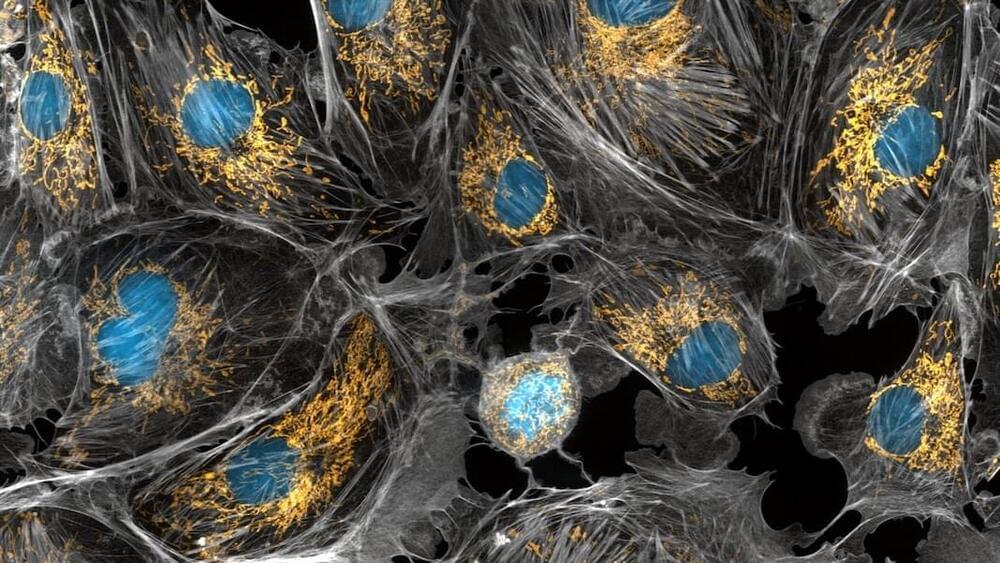Physicists have discovered a new quantum state in a material with the chemical formula Mn3SiTe6. The new state forms due to long-theorized but never previously observed internal currents that flow in loops around the material’s honeycomb-like structure. According to its discoverers, this new state could have applications for quantum sensors and memory storage devices for quantum computers.
Mn3SiTe6 is a ferrimagnet, meaning that its component atoms have opposing but unequal magnetic moments. It usually behaves like an insulator, but when physicists led by Gang Cao of the University of Colorado, Boulder, US, exposed it to a magnetic field applied along a certain direction, they found that it became dramatically more conducting – almost like it had morphed from being a rubber to a metal.
This effect, known as colossal magnetoresistance (CMR), is not itself new. Indeed, physicists have known about it since the 1950s, and it is now employed in computer disk drives and many other electronic devices, where it helps electric currents shuttle across along distinct trajectories in a controlled way.






